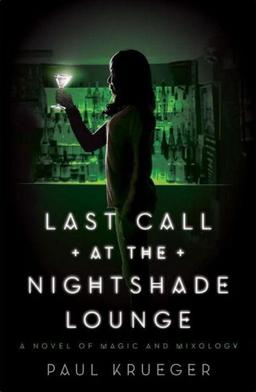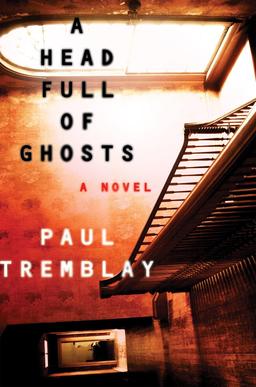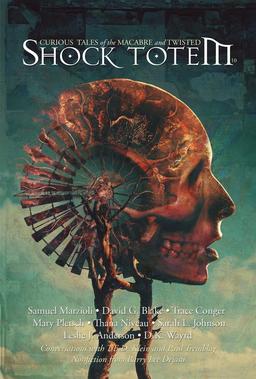Superheroes in Prose: A City-Smashing Interview with the Editors of the New Anthology Tesseracts Nineteen
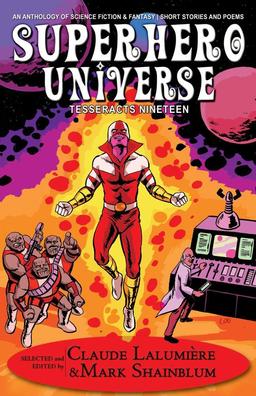 Get a load of this: Superheroes! Supervillains! Superpowered antiheroes. Super scientists. Adventurers into the unknown. Costumed crimefighters. Mutant superterrorists. Far-future supergroups. Crusading aliens in a strange land. Secret histories of covert superspies… and more! All in a Canadian setting.
Get a load of this: Superheroes! Supervillains! Superpowered antiheroes. Super scientists. Adventurers into the unknown. Costumed crimefighters. Mutant superterrorists. Far-future supergroups. Crusading aliens in a strange land. Secret histories of covert superspies… and more! All in a Canadian setting.
This is the call for stories that went out in 2014 for the anthology Superhero Universe: Tesseracts Nineteen by EDGE Publishing which is launching this month. Its editors are Claude Lalumière and Mark Shainblum.
Claude has edited thirteen previous anthologies, including Super Stories of Heroes & Villains, which was hailed in a starred review by Publishers Weekly as “by far the best superhero anthology.”
Mark Shainblum co-created the comic series Northguard and the bestselling humor book series Angloman, which later appeared as a weekly strip in The Montreal Gazette. Mark also collaborated on the Captain Canuck daily newspaper strip. I caught up with Claude and Mark for an e-interview.
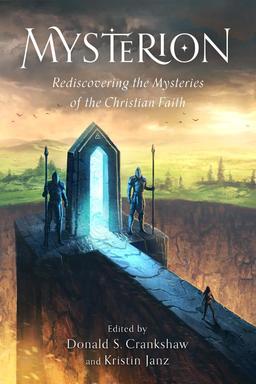
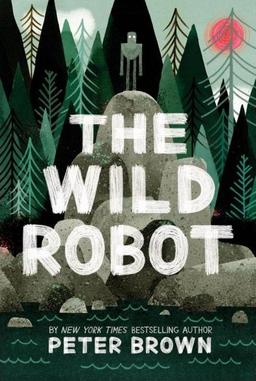
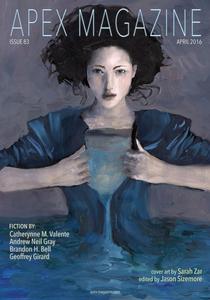
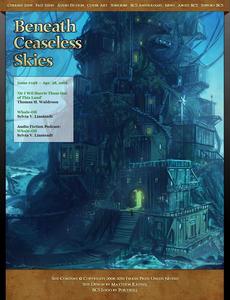

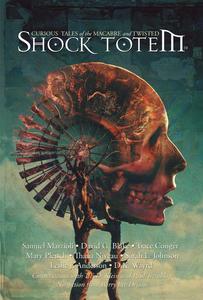
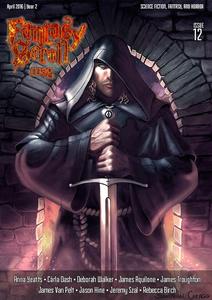
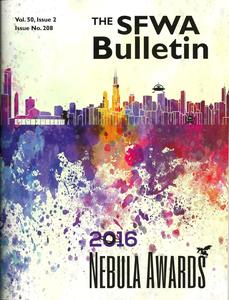

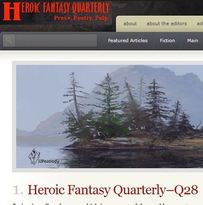
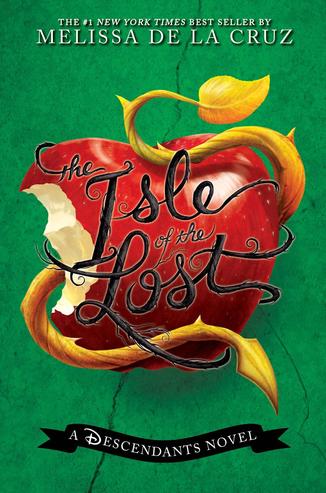
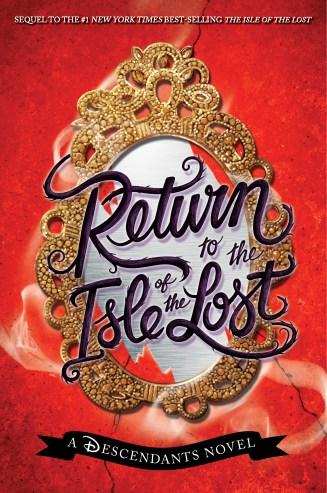
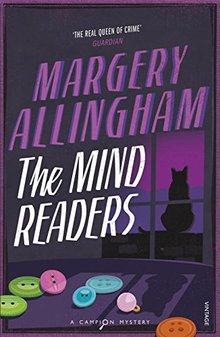 Lately I’ve been looking at SF-like inventions or discoveries that turn up in crime/mystery novels, first with
Lately I’ve been looking at SF-like inventions or discoveries that turn up in crime/mystery novels, first with 